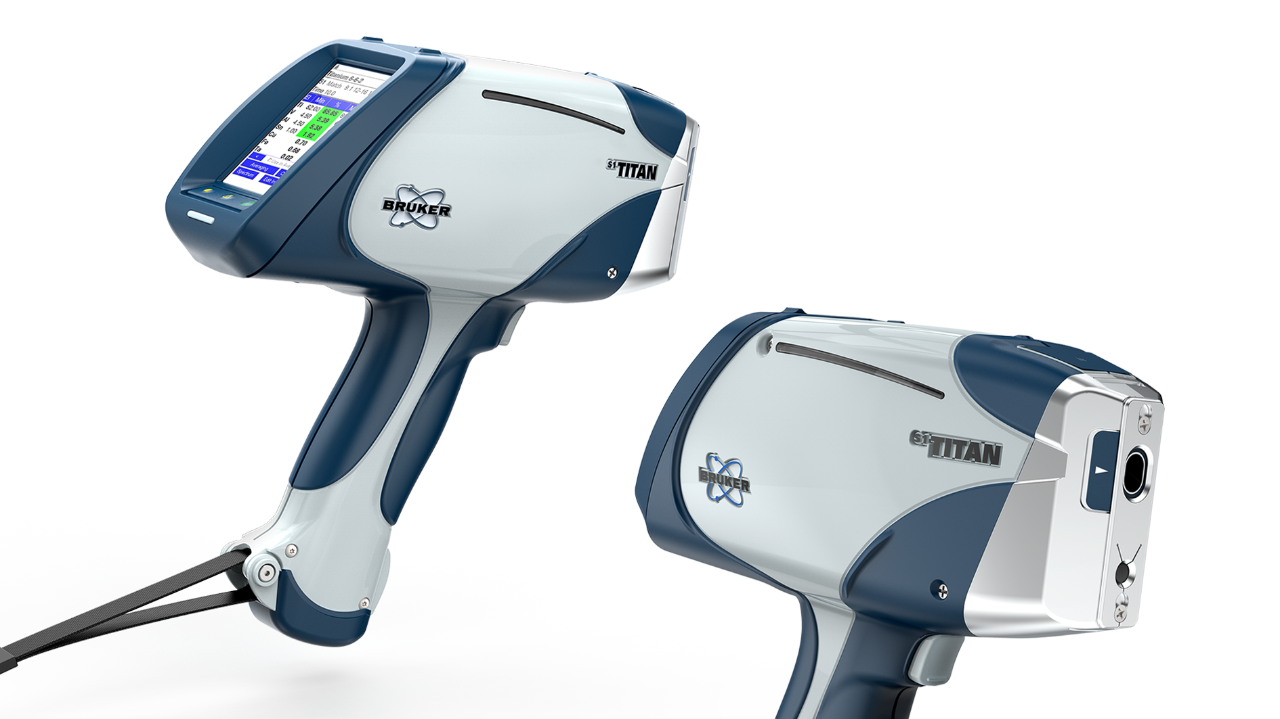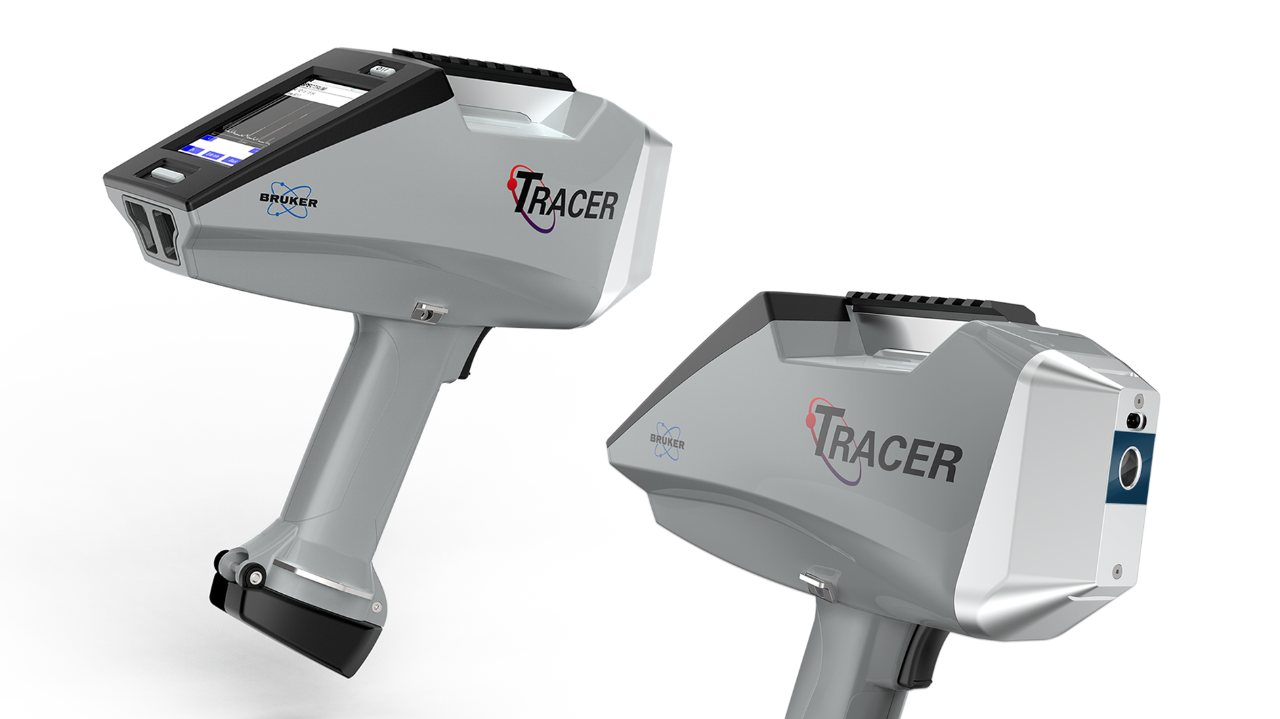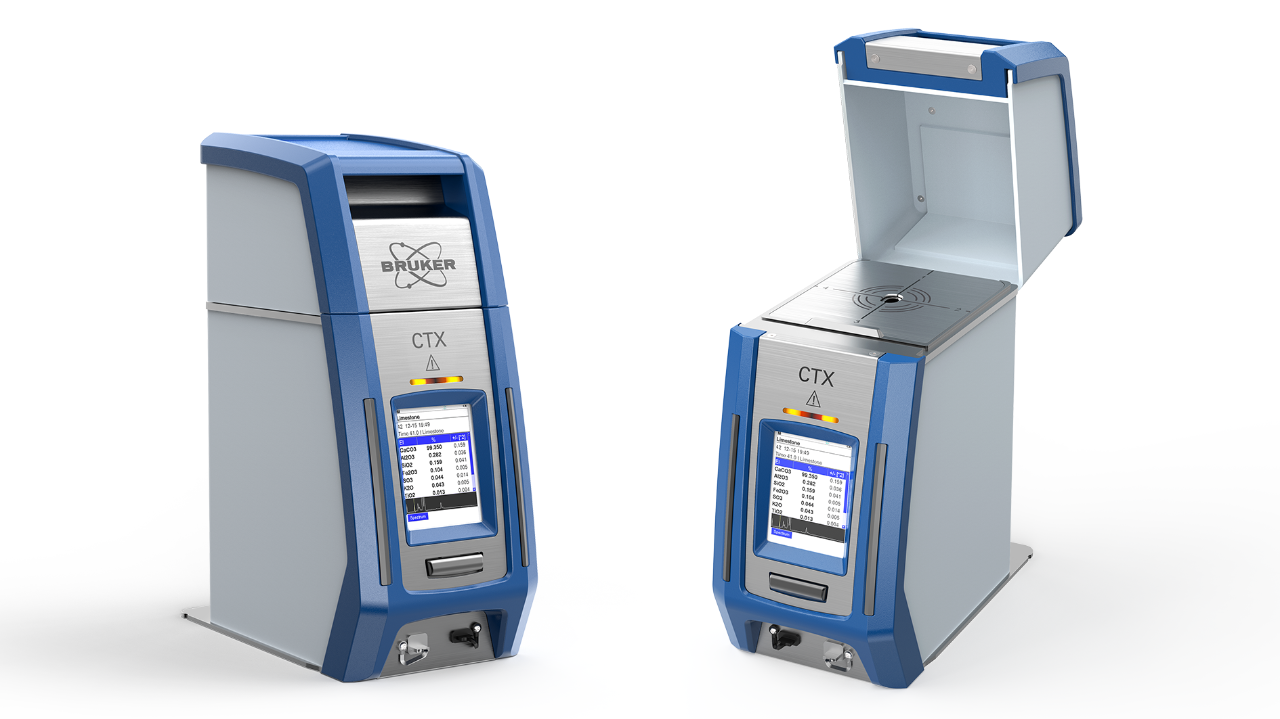Handheld Material Tester
Material Testing is an important aspect of a variety of business operations, educational curriculums, and research processes. You will find a variety of material testing equipment in alloy manufacturing environments, recycling facilities, environmental monitoring and clean-up organizations, consumer products manufacturing and distribution facilities, archaeological sites, university geology, chemistry, and materials science labs, and much more. XRF material testers are an essential analytical technology, providing elemental composition testing.
Material testers that are based on XRF technology have certain distinct advantages, and Bruker handheld, state-of-the-art XRF material testers offer them all. Bruker handheld XRF testers are:
- Light-weight, handheld, completely portable
- 100% non-destructive analysis; sample is exactly the same before and after analysis
- Lightning-fast, with testing of homogenous samples yielding quantitative results within seconds
- Highly accurate; laboratory-quality results achievable with lab-quality sample preparation
- Exceedingly repeatable and precise
- Easy to use for even a novice operator
- Equipped with specific calibrations and software based on each application’s unique requirements
- Simple reporting and analysis certifications for inventory, product and component tracking, due diligence, and regulatory compliance purposes
- Equipped with a complete user-editable onboard alloy library
- Available equipped with an onboard camera and small area analysis hardware to make possible analyzing small objects in a larger context (such as a solder joint on a printed circuit board)
Bruker XRF Material Testers are the ideal workhorse technology for many applications across a variety of industries, including:
- PMI (positive material identification) in petrochemical refineries
- In mining operations at all stages of the mining process, including exploration, mine face analysis, core sample analysis, ore grade control, and tailing pile analysis
- Alloy grade identification in alloy fabrication facilities, scrap metal recycling facilities, etc.
- Delineating soil contamination boundaries
- Delineating areas of human activity at an archaeological site
- Identifying pigments, glazes, conservation chemicals, and much more in an art conservation labs
- Testing for toxic heavy metals such as lead in children’s and consumer products
- Due diligence and regulatory compliance with RoHS, API 578, CPSIA, Prop 65, NAGPRA, and many other laws restricting certain elements
- In research facilities and educational institutions


